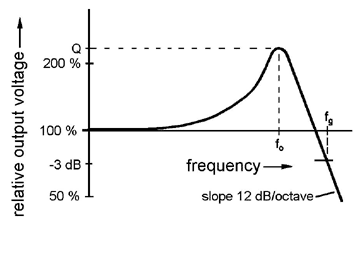GuitaRasmus
Well-known member
Hi there. I've just been wondering about something. Some people say that you're able to brighten up a dark sounding guitar, with say 250k or 500k pots, be replacing them with a higher value, for example 1m Ohm or 2 mOhm.
Now, as I understand guitar electronics, this would only have something to say if the pot isn't turned all the way up, right? I mean, I almost always run full volume on the guitar, and get levels from pedals etc., so in effect my pots have zero resistance, right?
Now, as I understand guitar electronics, this would only have something to say if the pot isn't turned all the way up, right? I mean, I almost always run full volume on the guitar, and get levels from pedals etc., so in effect my pots have zero resistance, right?







